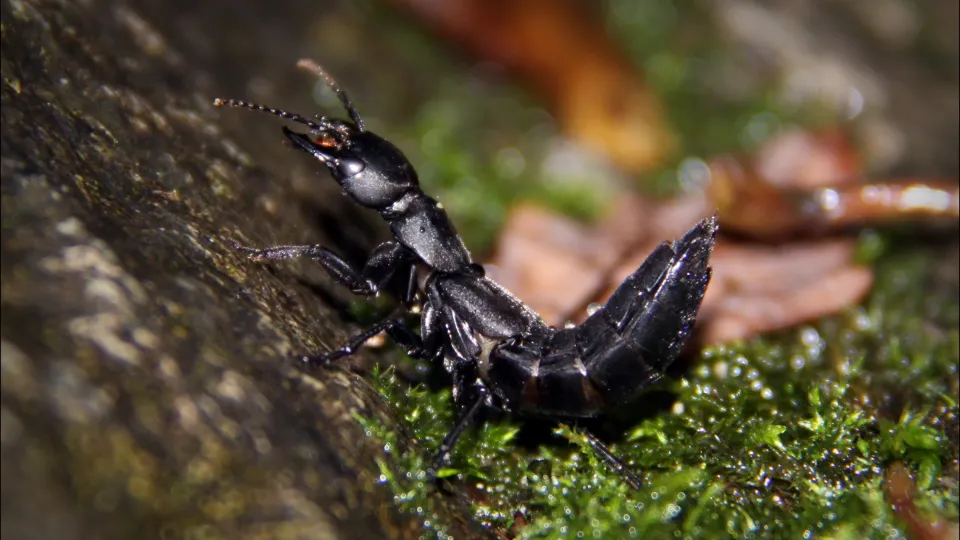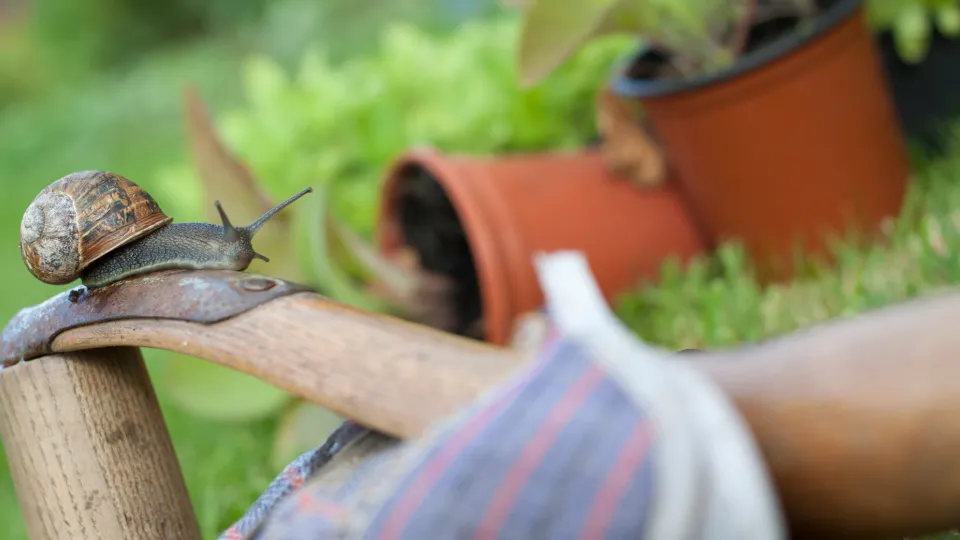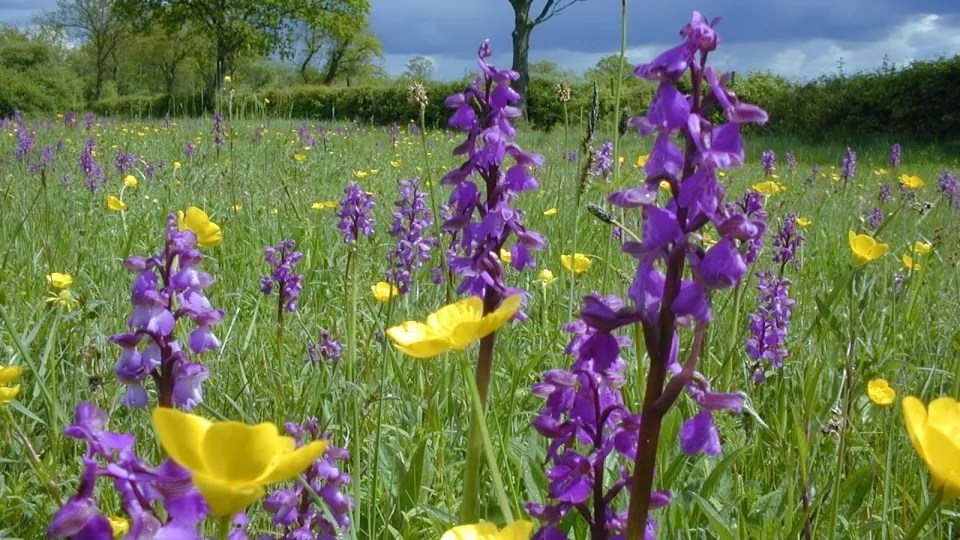
Common sexton beetle
The Common sexton beetle is one of several burying beetle species in the UK. An undertaker of the animal world, it buries dead animals like mice and birds, and feeds and breeds on the corpses.

The Common sexton beetle is one of several burying beetle species in the UK. An undertaker of the animal world, it buries dead animals like mice and birds, and feeds and breeds on the corpses.

A ferocious and fast predator, the Devil's coach horse beetle hunts invertebrates after dark in gardens and on grasslands. It is well-known for curling up its abdomen like the tail of a scorpion when defending itself.

The green spaces of our towns and gardens bring nature into our daily lives, brightening our mornings with birdsong and the busy buzzing of bees. Together, the UK's gardens are larger than all of our National Nature Reserves combined, making them as important for wildlife as they are for our own wellbeing.

Generally found as part of lowland farms or nature reserves, these small, flower-rich fields are at their best in midsummer when the plethora of flowers and insects is a delight. Tiny reminders of the former abundance of wildflowers in the farmed countryside, they are now treasured for both their wildlife and for the unique rural traditions that developed as part of their farmed history.

Hedgerows are one of our most easily encountered wildlife habitats, found lining roads, railways and footpaths, bordering fields and gardens and on the coast.